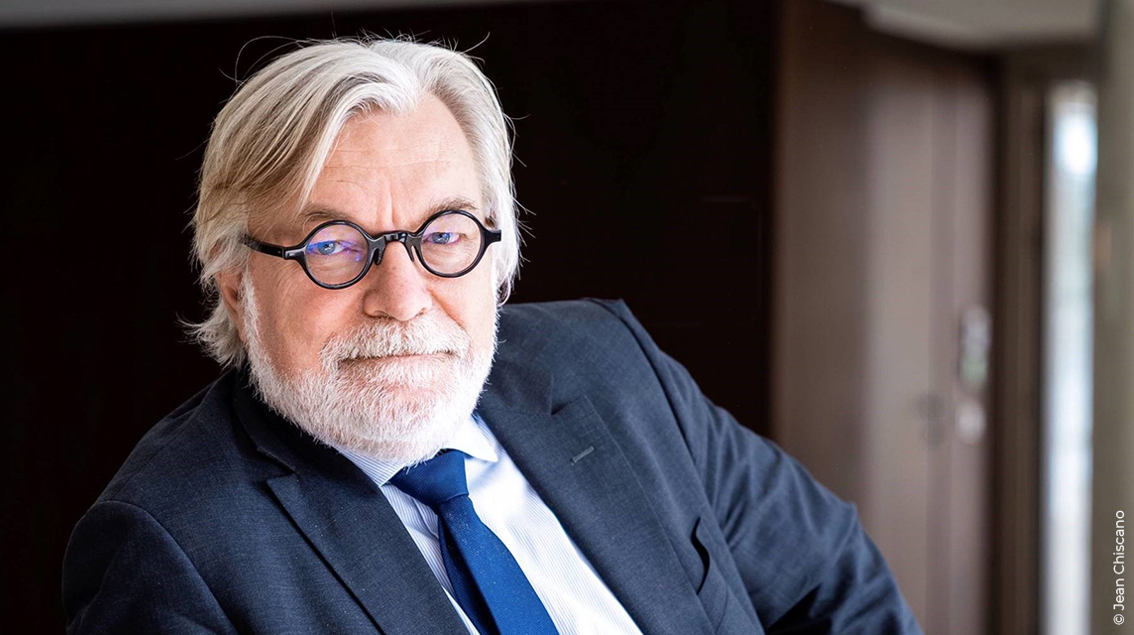New Information on labor markets in France and Germany have just been published for January.
In France the number of unemployed registered at Pôle Emploi was published. Pôle Emploi is the French agency on unemployment. In Germany, employment statistics for January were released.
The two sets of information are not directly comparable but both are signals on the labor market momentum.
France
The number of unemployed has increased in January by 8 900. Since 2009 the number of people registered at Pôle Emploi has increased almost every month. That’s the chart below which shows that France has had long periods of improvement of its labor market in 1999 – 2002 and 2006-2007.


Outflows figure (red line) shows more volatility. This reflects a specific problem in August (see the press release here (in French)) and an increase of administrative radiations since last spring. These inflows also reflect registered people who are taking a job or an internship. In January the number of inflows is back to a low-level. There is less radiations and the number of people taking a job or an internship is still low. In other words, the level of inflows in January is below the 2013 average.
The question about unemployment will not be solved as far as GDP growth will remain low. The European Commission expects a 1% growth for 2014. This will not be enough to reduce inflows and outflows will not increase dramatically. The main risk for 2014 is that the two lines’ profile remain parallel leading to higher unemployment.
Many months ago the French President François Hollande took a commitment to reduce unemployment at the end of 2013. This commitment was not fulfilled. Yesterday, Michel Sapin, the Labor Minister said that there was a new commitment for the end of 2014.
Germany
In Germany, companies’ surveys have all a very optimistic profile. Two out of three are close to their historical high. That’s what can be seen from the following chart. This means that growth will improve at least during the first months of 2014. The chart shows the 3 survey: IFO, ZEW and PMI/Markit. For the three, 0 is the average on the period. They catch the business cycle profile.


There is a strong consistency between the two and this give indication on the improvement on the labor market that will be seen in the coming months.
Conclusion
The difference on the labor market momentum reflects a difference in economic prospects. On the one hand, according to the European Commission, German growth will accelerate in 2014 to 1.7%, which is above its pre-crisis trend of 1.3%. On the other hand, French growth will only be at 1%, compared to the 2% trend seen before the crisis. The position in the business cycle is clearly different. Germany momentum is above trend, France below.
This difference in momentum can be seen when we compare the IFO index in Germany and the INSEE Business Climate Index in France. As far as the INSEE index does not tell a different story we cannot expect that Michel Sapin will be able to win his bet to change unemployment profile by year-end.




